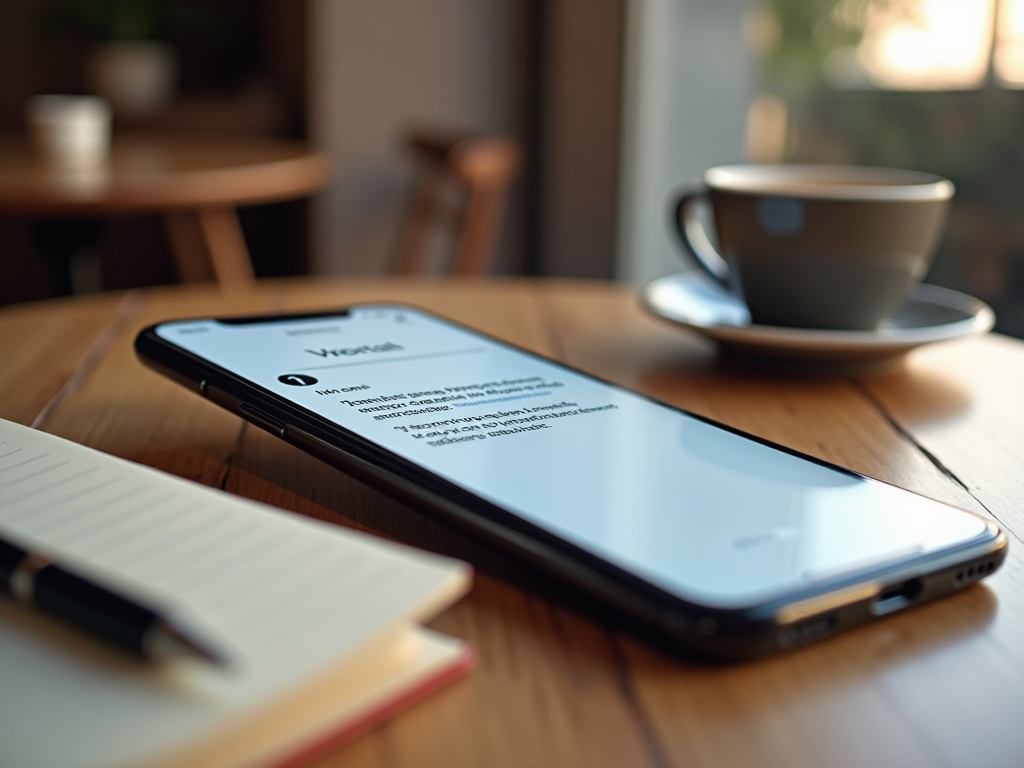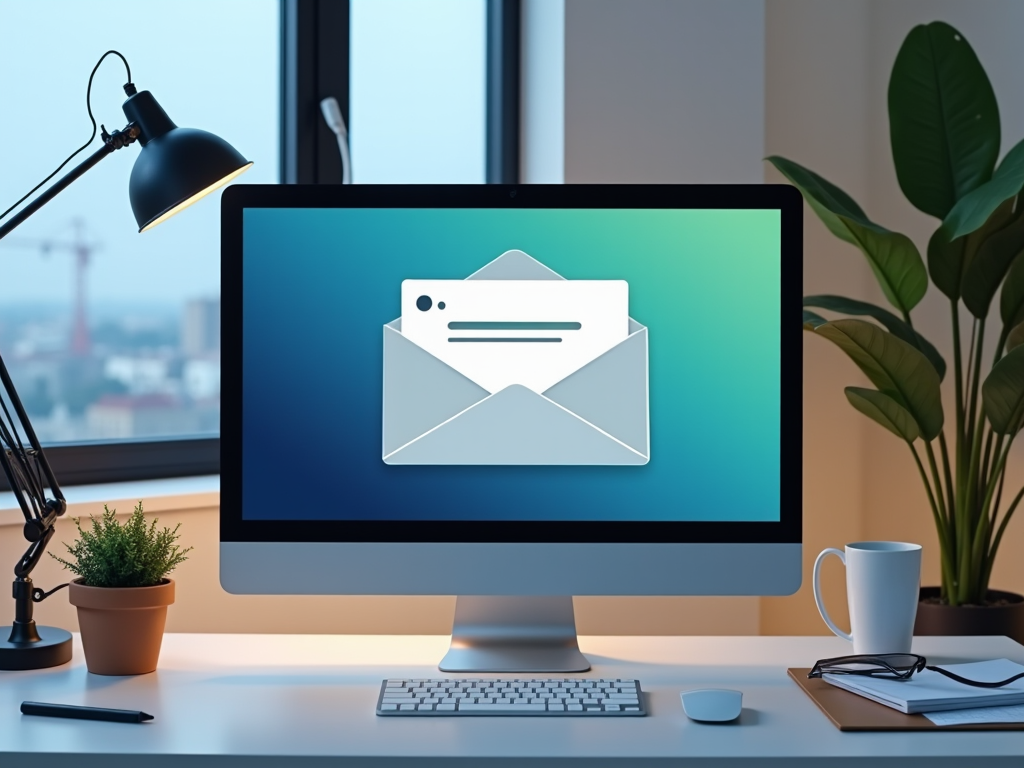Adding a favicon and your website’s name to an email subject can drastically improve brand recognition and email open rates, although a literal favicon cannot be displayed in email subjects. The term is often used to describe enhancing email identity through clever branding strategies. This article will walk you through practical steps to enhance your emails for better visibility and professional appeal. You’ll learn how to incorporate the essence of a favicon, optimize email subjects, and use some advanced techniques to give your emails a distinctive touch.
Understanding Favicon and Its Email Limitations

Favicons are small icons that represent a website, typically appearing in browser tabs. Unfortunately, you cannot directly place an actual favicon image within an email subject due to current email technology limitations. However, understanding favicons’ purpose is crucial. They serve as visual cues and brand identifiers, helping users quickly recognize and locate a particular website among many. Even though the icon itself can’t be included, the concept of branding your emails effectively with your website name can be executed successfully, substituting visuals with words.
Adding Your Website Name to Email Subject

Adding your website name to the email subject might seem simple, but it can be powerful when done right. Including the name of your website or brand in email subject lines enhances recognition and credibility. Here are the steps for leveraging your website’s name effectively in email subjects:
- Be Consistent: Consistency is essential for building a recognizable brand. Make sure your website’s name always appears in every email subject.
- Keep It Short: Email subjects should be concise for maximum clarity. Aim for a character limit that doesn’t cut off in email previews, especially on mobile devices.
- Promote Value: Pair your website name with value-driven language to intrigue the recipient. This could be a special offer, latest news, or an exclusive insight.
By following these steps, you ensure that your emails not only reach your audience but also resonate with them in a memorable manner.
Creating Compelling and Optimized Email Subjects
Crafting email subjects that attract attention while maintaining professionalism involves balancing brand identity with enticing messaging. Here’s how:
- Use Action Words: Encourage engagement with verbs or prompts like “Discover,” “Learn,” or “Unlock.”
- Personalization: Including the recipient’s name or a relevant detail about them can make your email stand out.
- Urgency and Exclusivity: Phrases like “Limited Time Offer” or “Exclusive Invitation” can increase open rates.
These tactics help optimize email visibility, ensuring your message is seen and your brand remembered, even if the favicon itself can’t be there.
Beyond the basics, consider utilizing advanced strategies to reinforce your brand’s presence. Email clients may support certain HTML elements, which you can use creatively:
- Custom Email Headers: Utilize branded graphics in the header section of your email body, compensating for the absence of a favicon in the subject.
- Brand Colors: Incorporate your brand colors consistently throughout your email layouts, making your emails instantly recognizable.
- Email Signatures: A well-designed email signature can include logos or brand elements, subtly reinforcing your identity.
These strategies help ensure every part of your email, from subject to signature, resonates with your brand’s core essence.
Conclusion
While adding a literal favicon to an email subject isn’t feasible, enhancing your email identity through strategic branding techniques can profoundly impact engagement and recognition. By embedding your website’s name and using optimized email subjects, you can effectively convey your brand’s essence. Consider utilizing advanced branding elements within your emails to compensate for the lack of a favicon in subject lines. Diligent application of these practices will result in emails that stand out in crowded inboxes, thereby reinforcing a strong, professional image.
Frequently Asked Questions
1. Can I actually display a favicon in the email subject?
No, due to technology limitations, actual favicons cannot be displayed in email subjects. However, branding strategies can compensate for their absence.
2. How does adding my website name help in email subjects?
It enhances brand recognition and professionalism, increasing the likelihood of recipients opening your emails.
3. What are some common mistakes when crafting email subjects?
Avoid lengthy subject lines, overly promotional language without real value, and lack of personalization, which can all decrease open rates.
4. Can I use emojis as part of my email subject for branding?
Emojis can be included to add personality, but they should align with your brand’s tone and should not overshadow the core message.
5. What is a suitable subject line length for emails?
Aim for subject lines to be around 50 characters or less to ensure they aren’t cut off, especially on mobile devices.





